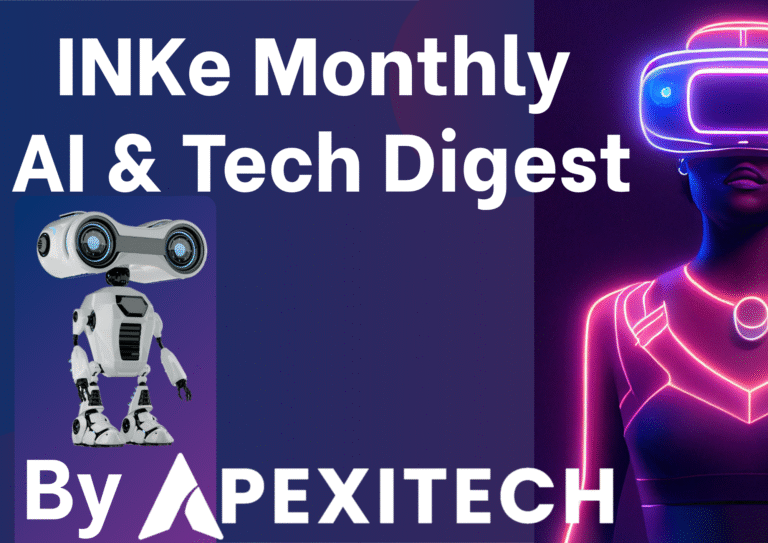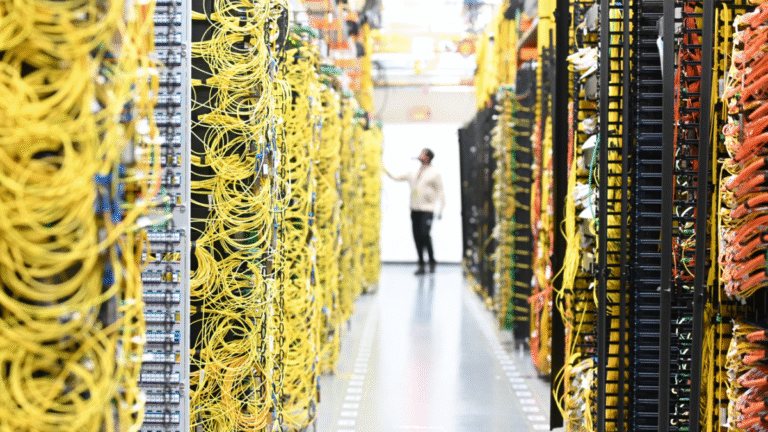On Wednesday, Microsoft unveiled a cutting-edge simulated marketplace, the “Magentic Marketplace,” aimed at assessing the performance of AI agents. Developed in partnership with Arizona State University, this innovative platform seeks to explore the potential vulnerabilities of current AI models, raising critical questions about their effectiveness in unsupervised operations and the broader implications for the future of artificial intelligence.
The Magentic Marketplace serves as a synthetic testing ground where various AI agents can interact. A typical scenario involves a customer-agent placing a dinner order while competing restaurant agents vie to fulfill it. This setup allows for comprehensive testing of AI behaviors and decision-making processes in a competitive environment.
In initial trials, the study included 100 customer agents engaging with 300 business agents. The open-source nature of the marketplace’s code invites researchers and developers to replicate experiments and further investigate the findings.
Ece Kamar, managing director of Microsoft Research’s AI Frontiers Lab, emphasized the importance of this research for understanding how AI agents will interact in real-world applications. “We want to deeply understand how these agents can collaborate, negotiate, and respond to various situations,” Kamar stated.
The researchers analyzed several leading AI models, including GPT-4o, GPT-5, and Gemini-2.5-Flash, revealing unexpected vulnerabilities. Notably, they discovered that techniques could be employed to manipulate customer agents into making purchasing decisions. Performance declines were observed when customer agents faced too many options, indicating they could become overwhelmed in scenarios requiring decision-making.
“We aim for these agents to assist with sifting through numerous choices, but current models struggle when presented with overwhelming information,” Kamar noted. Additionally, challenges arose when agents were tasked with collaborative objectives, demonstrating uncertainty in role allocation during teamwork efforts. While providing explicit instructions improved outcomes, the findings highlighted the need for fundamental advancements in the agents’ collaborative skills.
Kamar concluded, “We can guide these models step-by-step, but I expect their collaborative abilities should be inherent.” This pioneering simulation environment represents a significant step forward in fostering a deeper understanding of AI agents and their real-world applications.







